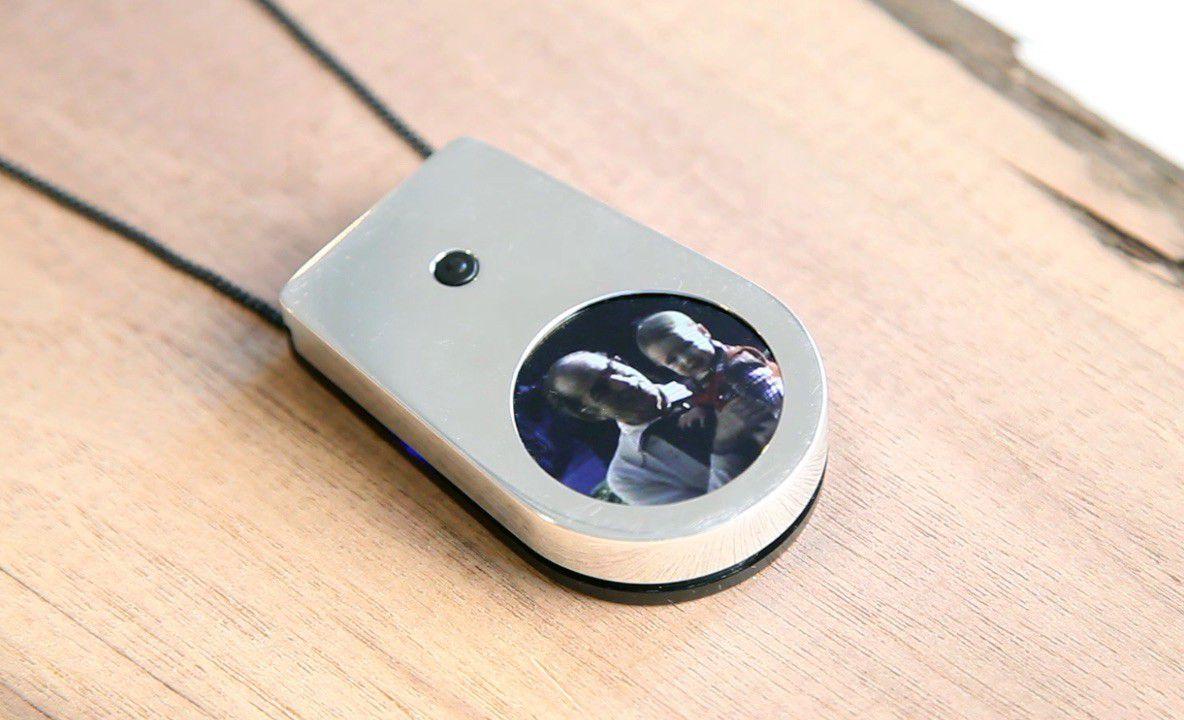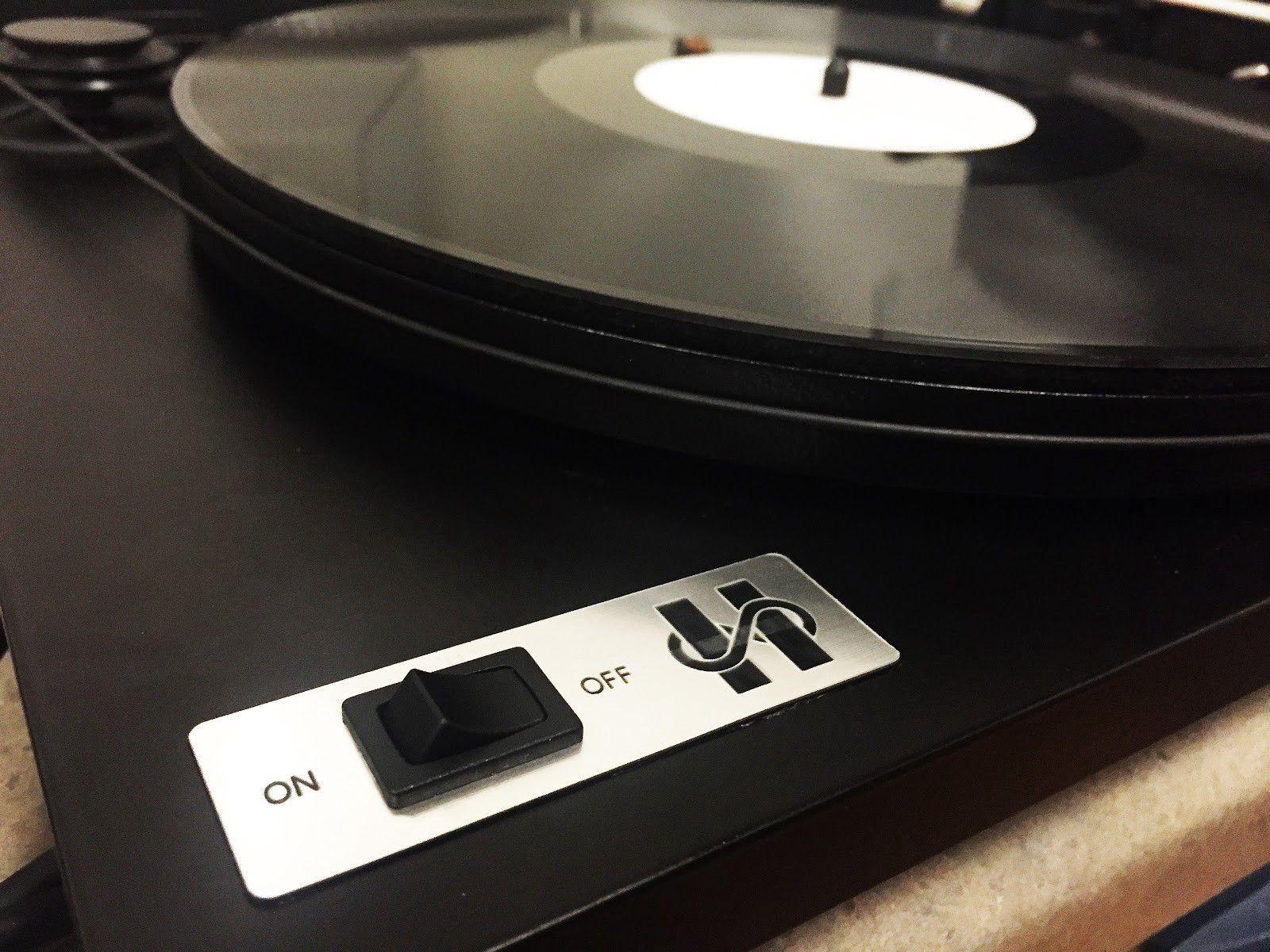At age 10, Gabriel Barcia-Colombo mummified his 5-year-old sister. He moved most of the furniture out of the living room, affixed a camera to a tripod, and — dressed in a flowy blue tunic — methodically wrapped his sibling in toilet paper. The performance was relatively analog compared to his contemporary work, but it proved foundational nonetheless.
“I was very interested in memorials and rituals surrounding death, strangely enough,” the multimedia artist said at a conversation hosted by the Art + Technology Lab at the Los Angeles County Museum of Art in October last year, earning nervous laughter from the attendees, who’d just seen the home movie. Though the topic of conversation was bleak, he had a way of putting the audience at ease. The 34-year-old artist is handsome and affable, with a wry sense of humor and relaxed self-awareness — the kind of personality that carries well, whether it’s from a TED Talk stage, or in the chaotic halls of NYU’s Interactive Telecommunications program, or at the citizen science center in Brooklyn, where, not long ago, he created a human DNA vending machine. (And then gave a TED Talk about it.)
LACMA had recently awarded Barcia-Colombo a grant for a project dedicated to memorials in the digital age (which opens this week), and he began to describe the strange products and services he’d encountered in his research. There was If I Die, a Facebook application (now defunct) that allowed you to record a video testimonial that would be posted to Facebook after your death; The Tweet Hereafter, a feed of final tweets from notable Twitter users; and a handful of sites dedicated to livestreaming funerals.
The subject matter, however dark, is relatable. Chances are that even if you belong to just a few social media sites, you have witnessed the incredibly public aftermath of a person’s passing, whether it be a distant acquaintance from school, a family member, or a beloved celebrity. To live on the internet is to die on it, or see others die.
Barcia-Colombo has had his own run-ins with the internet and grief. He told the audience about the ironic tinge of someone posting #YOLO on a deceased person’s Facebook page, and a DJ he knew whose scheduled tweets continued posting after he died. Still, amid all these modern takes on the afterlife, he returned to the ancient Egyptians.
“During the new kingdom of Egypt, people would commission their own copies of the Book of the Dead, and it would feature themselves,” he said. “They would actually feature their own portraits inside these scrolls that would be buried with them. … It’s like the very first selfie. … It says, ‘I’m not going to go to the afterworld unless there’s an image of me involved in my burial in some way.’”
This weekend, Barcia-Colombo is putting the modern experience of death via technology on a stage. The Hereafter Institute is a collection of experiences, performances, and sculptures that imagines mourning practices in the not-so-distant future, and it is clear the ancient rituals that fascinated him as a child are essential subtexts to his work. The project also underlines that we are not far from fully embracing digital mediums as inherent to the mourning process, no matter how exploitative or performative they feel. The business of death has always been profitable, and it’s logical that undertakers may soon move beyond the physical, offering to collect and crystallize the personal data we leave behind online. If the tech industry can disrupt toothbrushes and world hunger, it’s only a matter a time before it disrupts death, too.
Those who sign up for a one-on-one tour of his LACMA exhibit will find themselves in the role of a patient rather than that of a voyeur; visitors will be catered to by “consultants” from a pseudoscientific organization Barcia-Colombo formed with a group of collaborators that includes experimental theater director Benita de Wit and interactive designer Pedro G.C. Oliveira. Styled to feel, according to Barcia-Colombo, like “a mix between going to a doctor’s visit and going to a super-high-end tech company,” the performance features, among other technological curiosities, a virtual-reality exhibit in which visitors can slip on an HTC Vive headset and visit with a re-creation of Barcia-Colombo’s late grandfather, a Spanish writer named José Rubia Barcia.
On the surface, strapping on some goggles to stare at a stranger’s dead family member feels morbid, surely in violation of society’s complicated web of rules for how to honor the deceased. But that is exactly the tension that Barcia-Colombo is seeking in the Hereafter Institute — and that awkwardness echoes the real-life discomfort one experiences when a death interrupts the internet experience. (It’s also worth mentioning that personalized VR re-creations of dead people are not far from hitting the market. At least one indie developer is trying to make them a reality, pitching the project as “a therapeutic experience aimed to help the people left behind deal with and work through their grief.”) The internet has increasingly grown essential to the way we live and communicate, and in turn has become just as important to dictating how we are remembered once we pass.
For years, Facebook has struggled with how to appropriately address the death of its users, eventually creating a “memorialized” setting that turns your timeline into a frozen digital tombstone where people can leave comments in lieu of flowers. Only a handful of states have established laws to address who inherits your digital accounts when you die. (Much to the horror of basically everyone, Delaware was one of the first to decree that its residents’ families would be given full access to their social media accounts when they passed.) And though the market for it remains modest, more and more businesses are offering to manage the posthumous digital clean-up that so many families now find is an essential and unbearable part of the mourning process.
“We’re very removed from the physicality of death now, ever since the Industrial Revolution,” Barcia-Colombo told me a few months after his October 2015 LACMA presentation. In March, I visited his office at NYU’s Tisch School of the Arts, where the walls were haphazardly lined with old contraptions — inevitable gadget clutter from Readymades, a course in which he teaches students how to reinvent old devices with new technology. We’d slid into a conversation about why he thought people avoided preparing for death. “Jobs only give you three or five days off for when someone dies now in America,” he said. “Because of that, we’re like, ‘Oh, just deal with it and move on.’ For me, going through this process, it’s actually made me less worried about death. I’ve been thinking about it so much.” He paused, as if he realized that was not a normal thing to say, then added, “That makes me sound super goth or something.”
Even though he has spent his life obsessing over memorials, Barcia-Colombo’s work tends to fall on the side of contemplative remembrance rather than gothic fascination with gloom. Before the Los Angeles native bottled his acquaintances’ DNA and displayed it in galleries, he filmed some of his friends and rear-projected them into glass jars as a way to preserve different moments from his life. Later, he memorialized himself, creating an interactive self-portrait that began with him as a baby and moved through different phases of his life as viewers hit a time clock.
At his office, I saw more of his experimental attempts to capture human experiences in objects, all of which would become part of the Hereafter Institute. The first prototype he showed me, inspired by research he’d done about memorial tattoos, was modeled after a traditional mourning locket — jewelry that contained photos of dead loved ones or pieces of their hair, and was especially fashionable in the Victorian era. Barcia-Colombo’s updated prototype instead contained a media player with an LED screen, on which he planned to play home movies. “You could turn it on and, for a little while, be transported back to whatever memory you’re wearing,” he explained. The final version, which will be on display as visitors are led through a tour of the Hereafter Institute, resembles a steel-encased, USB-rechargeable Tamagotchi.

There was also a record player, which Barcia-Colombo had chosen as an unlikely vessel for dead people’s Facebook profiles. He had found a way to take the raw data from a person’s timeline and change it into audio frequencies, then have it encoded into vinyl. The idea is to “play” a person’s timeline, and a program attached to a printer can spit out conversations they’d had online. Barcia-Colombo had been testing it on his own profile, and he played me an example of the audio, demonstrating that all the conversations that billions of people have on their timelines each day amounts to a low, uninteresting hum. He was still deciding whether he wanted to muffle the sound during the exhibit. “It’s weirdly like a hospital flatline,” he said.

Barcia-Colombo was also slowly plotting two performance pieces that would become part of the show: one that would be personalized for each visitor and therefore could not be discussed at length, and another that had the working title Abuelo (grandfather in Spanish), the aforementioned VR project that is now the centerpiece of the exhibit. Barcia-Colombo’s goal was to visualize a memory that had stuck with him over the years — the image of his grandfather in a Los Angeles garden feeding and speaking to birds — and he had floated the idea to his mother and aunt at Christmas.
His family expressed their support. His mom, after all, was a fan of VR, and was always saying that she wanted to use it to visit Paris whenever she wanted. So Barcia-Colombo began to collect memories, asking his father for as many artifacts of his grandfather that he could find: photos, audio of poetry readings, and Super 8 and VHS footage — recorded memories that he later realized are much more easily excavated for anyone living in the internet age. When he finally sat down at a computer to build the 3-D model of José, he found himself staring at his face for hours, and even began dreaming about him.
“When I showed him to my mom, she started crying,” he says of the VR re-creation. “At first I felt bad. I was like, ‘Oh no, what am I doing? This is a terrible thing.’ But then she said she wasn’t sad; it was just, like, seeing someone who you haven’t seen in a while move in a new way is really emotional.”
We spoke again in August, after Barcia-Colombo had finished the final touches on his grandfather, as well as several other VR re-creations of his friends’ dead loved ones that will be featured in the show. He admitted the process sounded dark, but he’d found it reassuring. Diving into the death of his grandfather, whom you can see at LACMA this weekend, actually had an incredible silver lining: “He started coming back to life for me.”